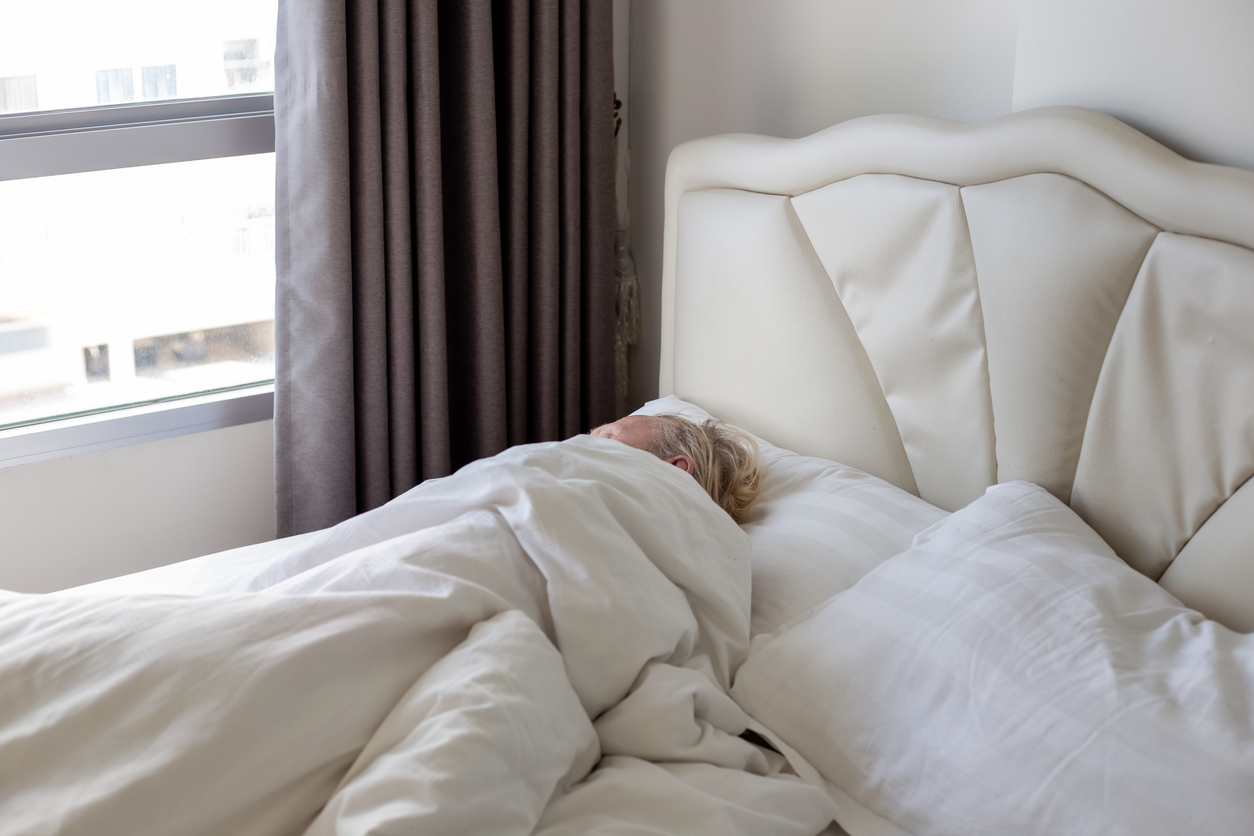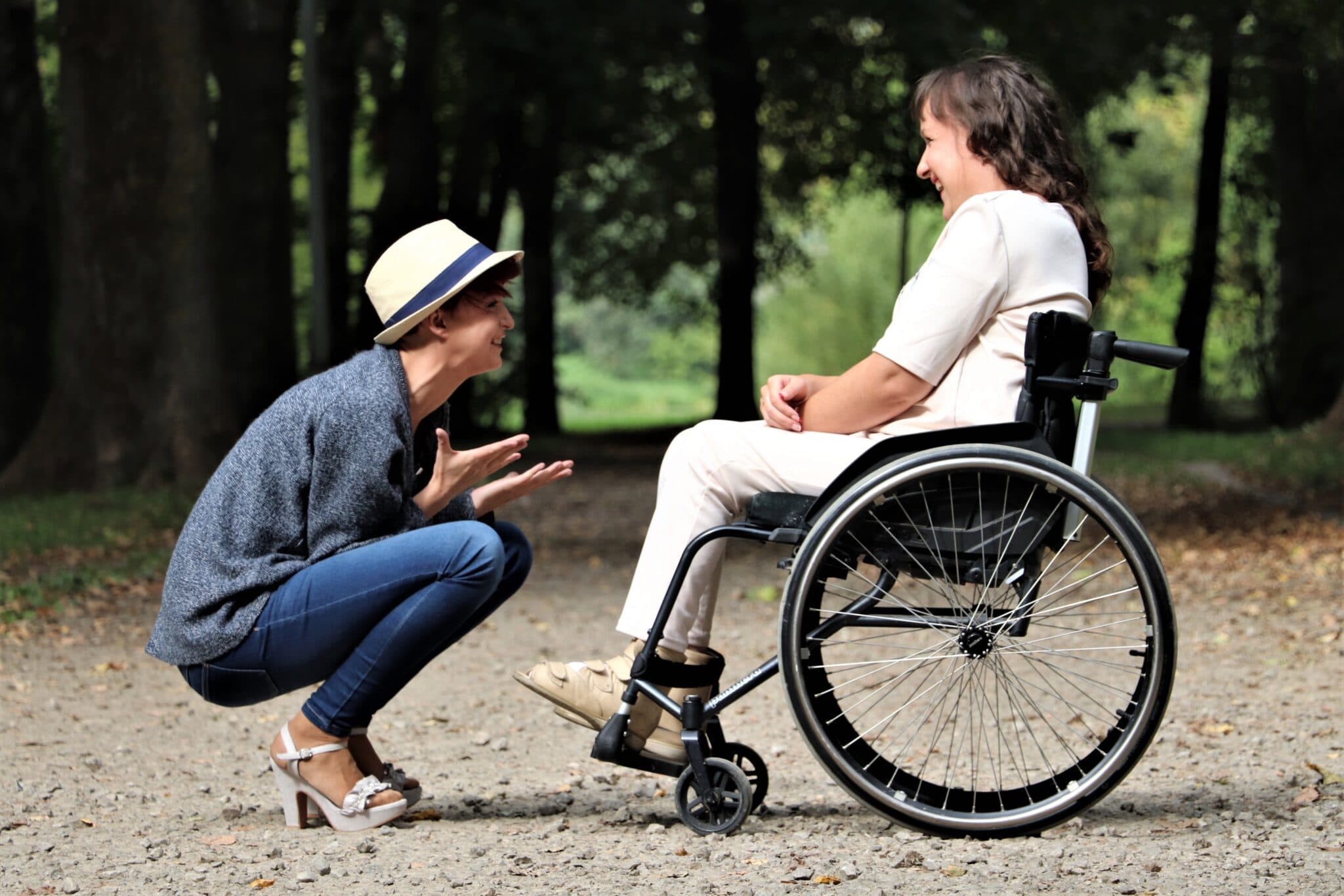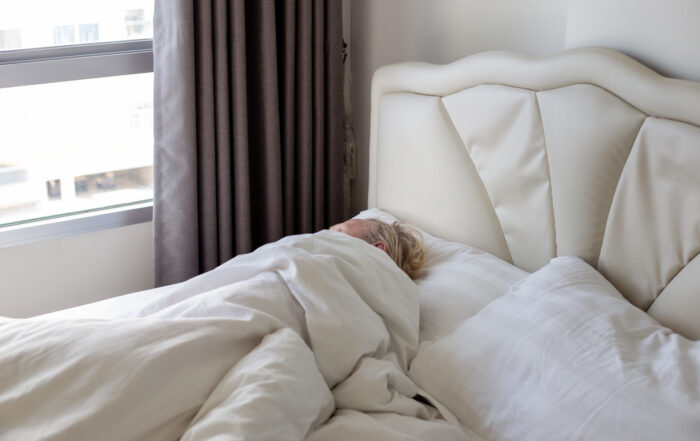Can Adjustable Beds Help With Sleep Apnoea?
Social Links
Characterised by loud snoring, take action to reduce sleep apnoea symptoms, suggests Dr Rob Hicks.
Time and again we hear how important it is that we get a good night’s sleep. Many aspects of our mental and physical health depend on it… even the Dalai Lama tells us that “sleep is the best meditation”.
For those of us who struggle – 40% of people have sleep issues – it’s frustrating to be told that we need better sleep. We’re trying, right? We’ve followed the advice and yet a good night’s sleep still eludes us.
However, for some there’s a little more to it, which can mean there ARE steps we can take to improve our – and our bed partner’s – night-time. Introducing… sleep apnoea.
What is sleep apnoea?
Sleep apnoea is when your breathing stops and starts while you sleep. Extremely common, affecting an estimated 1.5 million adults in the UK, up to 85% are undiagnosed, therefore untreated.
It can be hard to recognise sleep apnoea in yourself. As with other sleep issues, it can be a partner or someone else you live with who might recognise sleep apnoea is a problem.
As well as loud snoring, other night-time symptoms that you might experience due to sleep apnoea can include snorting, choking or gasping noises. If you find yourself waking regularly in the night or experiencing disturbed sleep but you are unsure why, it could be that you are affected by sleep apnoea.
While you may not be aware of any of these sleep-related symptoms, you may find yourself familiar with the effects that are common the following day for people with sleep apnoea. Fatigue and tiredness, difficulty concentrating, mood swings, and headaches when first waking up, are all associated with the condition.
While these could be due to other causes, it is worth considering if sleep apnoea is an issue for you.
So, what can you do to help yourself? If you suffer with significant sleep apnoea, your GP may recommend the use of special devices to use in your mouth to hold your airway open when you sleep. They may also recommend using a CPAP machine whilst you sleep.
Can lifestyle changes & sleeping positions reduce sleep apnoea?
For people diagnosed with sleep apnoea, lifestyle changes can help reduce the effects:
Lose weight
Around half of people with sleep apnoea are overweight. Your GP can work out what your weight should be and explain how to lose weight if you need to.
Quit smoking
Smoking can increase the amount of inflammation and fluid retention in the upper airway. Smokers are three times more likely to have sleep apnoea than people who have never smoked. For support on how to quit smoking see this documentation.
Keep active
Research shows that exercise can improve sleep apnoea symptoms.
The way you sleep can also make a difference to sleep apnoea symptoms. Experts have looked into this and found the following may help:
Change sleeping position
Lying on your back can worsen sleep apnoea. This is because lying on your back can cause the airways to become narrowed. In fact, sleeping on your side is commonly recommended for those who snore or who have sleep apnoea.
Sleep at an incline
Research shows that a simple way of improving symptoms is elevating the head of the bed as it “significantly improves obstructive sleep apnoea severity”.
So make a conscious effort not to sleep on your back. Try varying sleeping positions and consider raising the head of your bed or making use of some pillows and cushions. You might even consider the benefits of an adjustable bed for sleep apnoea.
How to use an adjustable bed to ease sleep apnoea symptoms
The body of an adjustable bed moves – when you press a button – allowing you to easily experiment with sleeping and resting positions. Raising the top section of the bed is simple, so sleeping at an incline to reduce symptoms of sleep apnoea is easily and safely done.
If you are concerned that an adjustable bed for sleep apnoea isn’t suitable for sharing, remember that there are double and dual options. A double is a mattress that operates as a single unit. And if, for example, your partner prefers to remain flat while sleeping, you can explore a dual system. Two mattresses can be operated independently, giving the opportunity for complete flexibility for both of you.
If you are looking to an adjustable bed to help sleep apnoea, make sure you familiarise yourself with the different models and features available.
What is the best mattress for sleep apnoea?
The simple answer according to the evidence – there isn’t one that we know of yet. However, do remember to consider changing your mattress around every seven to eight years. Medium-firm mattresses help people fall asleep quicker and reduce lower back pain according to research, but it’s usually down to personal preference which type of mattress a person chooses.
There are all sorts of mattress options: pocket sprung; memory foam; latex; and combinations of each. Try before you buy when you are looking for the best mattress for you and engage with a company that is passionate about comfort, sleep and solving real challenges for real people.
If you have sleep apnoea – or suspect that you may because of the symptoms you have – a chat with your GP, a few simple lifestyle changes, and a look at your sleeping position, could help you achieve the good night’s sleep you desire. After all, “sleep is the best meditation”…
Further information
For more information about adjustable beds for sleep apnoea and other mobility furniture such as sofas, rise and recline chairs and mobility beds download the brochure from The Mobility Furniture Company or tel 0808 2651372.
*This website contains general medical information. The medical information is not advice and should not be treated as such. Read our full Medical Disclaimer here.



